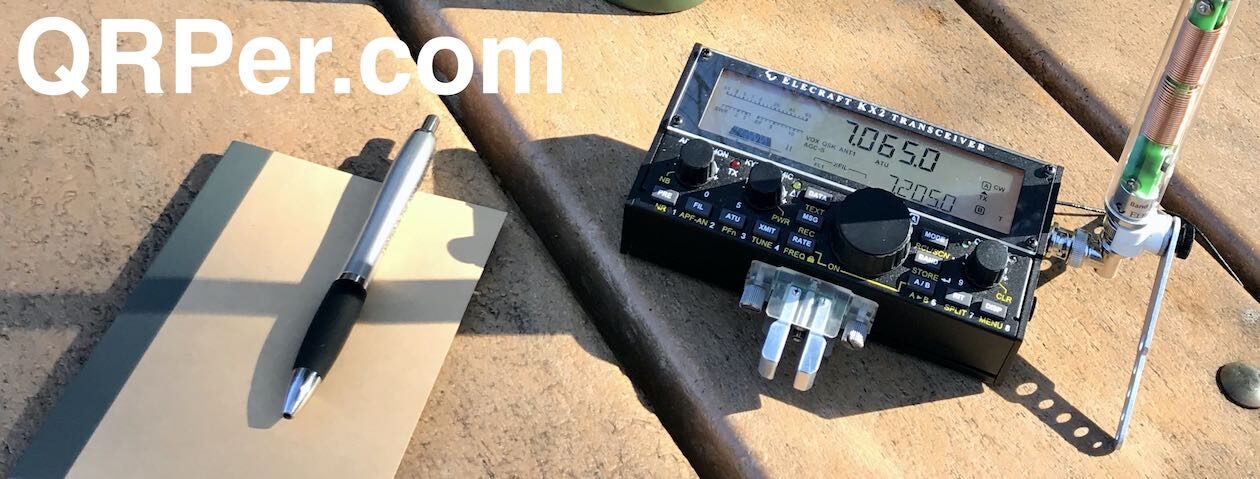Many thanks to Evan (K2EJT) who shares the following article about his portable field radio kit which will be featured on our Field Kit Gallery page. If you would like to share your field kit with the QRPer community, read this post. Check out Evan’s field kit:
KX1 Field Activation Kit
by Evan (K2EJT)
I take a minimalist approach to most of my gear. I don’t like to carry anything I don’t need. Whether it’s what I pack in my daypack, an overnight pack, or my radio kit…..If I don’t need it, it’s probably not coming along.
That’s where this kit comes in.
This is the absolute minimum radio kit to do a field activation. While it’s not the lightest kit I have, it still comes in at only 1008 grams (2.25lbs), and that’s including the Pelican case which makes this kit rugged and waterproof (I have an SW-3B kit that weighs 700g, but it’s in an ultralight stuff sack).
This kit contains EVERYTHING (and I mean everything) to do an activation. The radio is an Elecraft KX1. It’s a four band radio with the internal ATU. Powering it are six AA Lithium Ion batteries. I love this radio, and I wish it was still in production, but these days they’re unobtanium unless you’re willing to spend a ton of money and get lucky and find one for sale.
The CW key is a cwmorse.us N0SA paddle. The headphones are a pair of old SkullCandy earbuds I’ve had forever, but sound great.
For an antenna I’m running a 41’ random wire antenna, with a 17’ counterpoise, constructed of 24ga silicone jacketed wire. That’s attached to the radio via a BNC binding post. While this setup isn’t the most efficient, it’s definitely the most compact and agile. Normally I run resonant antennas, but having the tuner allows me to run the absolute minimum antenna, and swap bands quickly, and that was the idea behind this kit.
The throw bag is rip-stop nylon with a paracord loop sewn in the top and a velcro closure across the opening. I fill that bag with rocks, seal it shut with the velcro, and it’s ready to go. The throw line is 65’ of 1.8mm high vis reflective cord. The throw bag doubles as a stuff sack for the cordage, so it’s all contained in one neat little unit that rolls up tiny.
Also included in the kit are a pencil and a logging sheet, as well as the KX1 cheat sheet.
I have lots of other field kits, but I wanted to showcase just how little you can actually get away with and still get the job done. Yes, I know you could build a Pixie kit and a tiny home made key and stuff and make the kit smaller and lighter, but I wanted a kit with no major compromises or downsides. This fits the bill. There’s nothing like a 100% complete kit that contains literally everything you need to do an activation that fits in the palm of your hand! Thanks for reading and 73!
Evan
K2EJT
Equipment:
- Radio: Elecraft KX1 4 band w/ATU (no link since it hasn’t been in production in years)
- CW Key: CW Morse SP4 Paddles
- Case: Pelican 1060
- BNC binding post adapter
- Reflective cord
Everything else is either generic, home made, or ancient.
Readers: Check out Evan’s YouTube channel for more field radio goodness.
















































